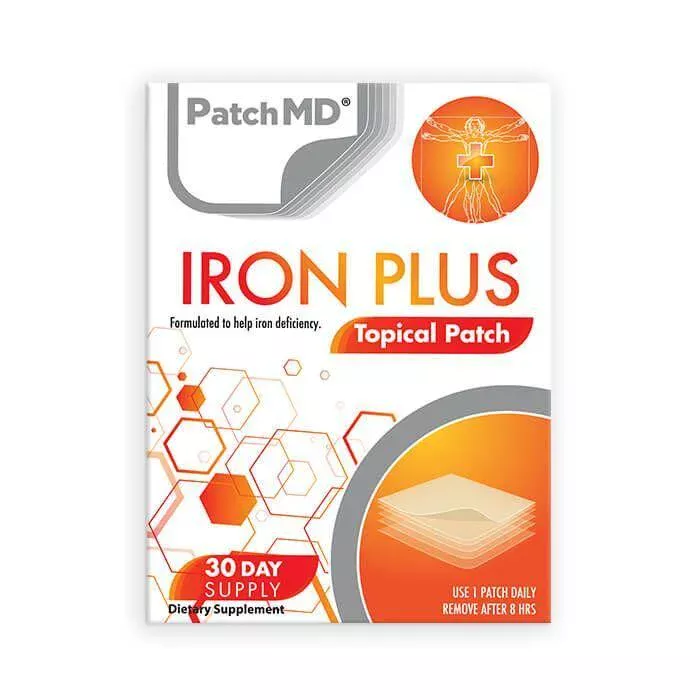Iron deficiency is common but can be hard to identify. Your body needs iron to make hemoglobin. Without sufficient hemoglobin, your muscles and tissues don’t get enough oxygen.
This can lead to anemia. Although there are other causes of anemia, low iron is the most common cause. The symptoms of iron deficiency may come on quickly or develop slowly, and they can affect your quality of life.
If you think you may be iron deficient, talk to your doctor. Here are 9 warning signs of iron deficiency to watch for.
1. Extreme Tiredness
Tiredness is one of the most common symptoms of low iron. Even a mild dip in your iron levels can cause fatigue.
Iron deficiency can be hard to recognize. Fatigue is a common complaint. This is especially true if you’re busy with work, family, and other responsibilities.
If your body fails to make enough hemoglobin, your muscles and tissues become oxygen-deprived. Your heart has to work harder to move oxygen-rich blood throughout your body.
This can make you feel very tired, weak, or irritable. It’s hard to diagnose iron deficiency based on these symptoms alone.
2. Pale Skin
The hemoglobin in your blood cells gives your blood its red color. Low levels of iron can affect the color of your blood. Without enough iron, your skin may appear pale.
This may be evident on your face, but it can also affect your gums, lower eyelids, lips, and nails. Paleness is one of the symptoms doctors look for if they suspect iron deficiency.
Paleness is common in cases of moderate and severe anemia. If you suspect an iron deficiency, talk to your doctor. The only way to diagnose the problem is with a blood test.
3. Headaches and Dizziness
Low iron levels can lead to headaches. This symptom is more common in women. These headaches often occur with dizziness or lightheadedness.
Low levels of hemoglobin may result in less oxygen reaching the brain. As a result, the brain’s blood vessels can swell, resulting in pressure or headaches.
If you are experiencing frequent headaches without a known cause, talk to your doctor. Frequent headaches or dizziness may be related to low levels of iron in the body.
4. Shortness of Breath
Hemoglobin fuels your red blood cells and enables them to transport oxygen throughout your body. When your hemoglobin is low, oxygen levels are low as well.
When this occurs, your muscles don’t receive the oxygen they need to perform. This can affect your ability to perform daily activities, including walking.
As you try to push yourself to perform daily activities, your body needs oxygen to do its job. A lack of oxygen results in shortness of breath.
If you’re feeling short of breath performing daily tasks such as walking, working out, or climbing stairs, ask your doctor to check for iron deficiency.
5. Dry Skin and Hair
Dry skin and hair can be signs of iron deficiency. Low hemoglobin levels reduce the oxygen levels in the body. This deprives the cells that affect hair growth.
When your skin and hair are oxygen-deprived, they become dehydrated and weak. Some people with iron deficiency also experience hair loss.
Although it’s normal to lose some hair each day, excessive hair loss may be a symptom of low iron levels or anemia.
If your doctor discovers you are iron deficient, you may need to eat more iron-rich foods or take an iron supplement. There are many ways to increase your iron levels, including wearing a supplement patch.
6. Heart Palpitations
Noticeable heartbeats or heart palpitations can be a sign of anemia. If you have low levels of oxygen in your body, your heart has to work overtime to carry oxygen to your vital organs.
This can lead to heart palpitations and the feeling that your heart is pounding or beating too fast. Without medical intervention, this could lead to an enlarged heart or even heart failure.
Heart-related issues are less common than other symptoms of anemia. Heart palpitations are more common in individuals with long-term iron deficiency.
7. Swollen or Sore Tongue and Mouth
Changes to the mouth or tongue can be a sign of an iron deficit. If your tongue appears swollen, pale, inflamed, or oddly smooth, it could indicate a lack of iron in the bloodstream.
Other mouth symptoms include:
- A burning sensation in the mouth
- Dry mouth and lips
- Sores or cracks in the corners of the mouth
- Mouth ulcers
If you notice any change in your mouth or tongue, talk to your doctor.
8. Brittle Nails
Another less common symptom of anemia is brittle or fragile nails. A lack of oxygen-rich blood can also affect your fingernails.
Someone who’s iron deficient may notice their nails chipping and cracking easily. In severe cases, fingernails or toenails can take on a rounded appearance like a spoon.
This is a rare side effect of iron deficiency and is usually associated with severe cases of anemia.
9. Feeling Cold
If you find that you are cold all the time regardless of the temperature, it could be a symptom of anemia or iron deficiency. Your thyroid needs iron to function properly.
A lack of iron can wreak havoc on your thyroid and cause a variety of symptoms, including intolerance to cold. Eating an iron-rich diet or taking some form of iron supplementation can raise your iron levels and help regulate thyroid function.
The Signs of Iron Deficiency
If you think you may have an iron deficiency, talk to your doctor. The good news is there’s an easy blood test to detect it.
It’s important to understand why you’re iron deficient and identify the best ways to treat the condition. For many, an iron-rich diet, iron supplements, or iron patches are the perfect solution.
Before you go, be sure to take a look at our quality nutritional patches, created with your optimal health in mind.










Leave A Comment
You must be logged in to post a comment.